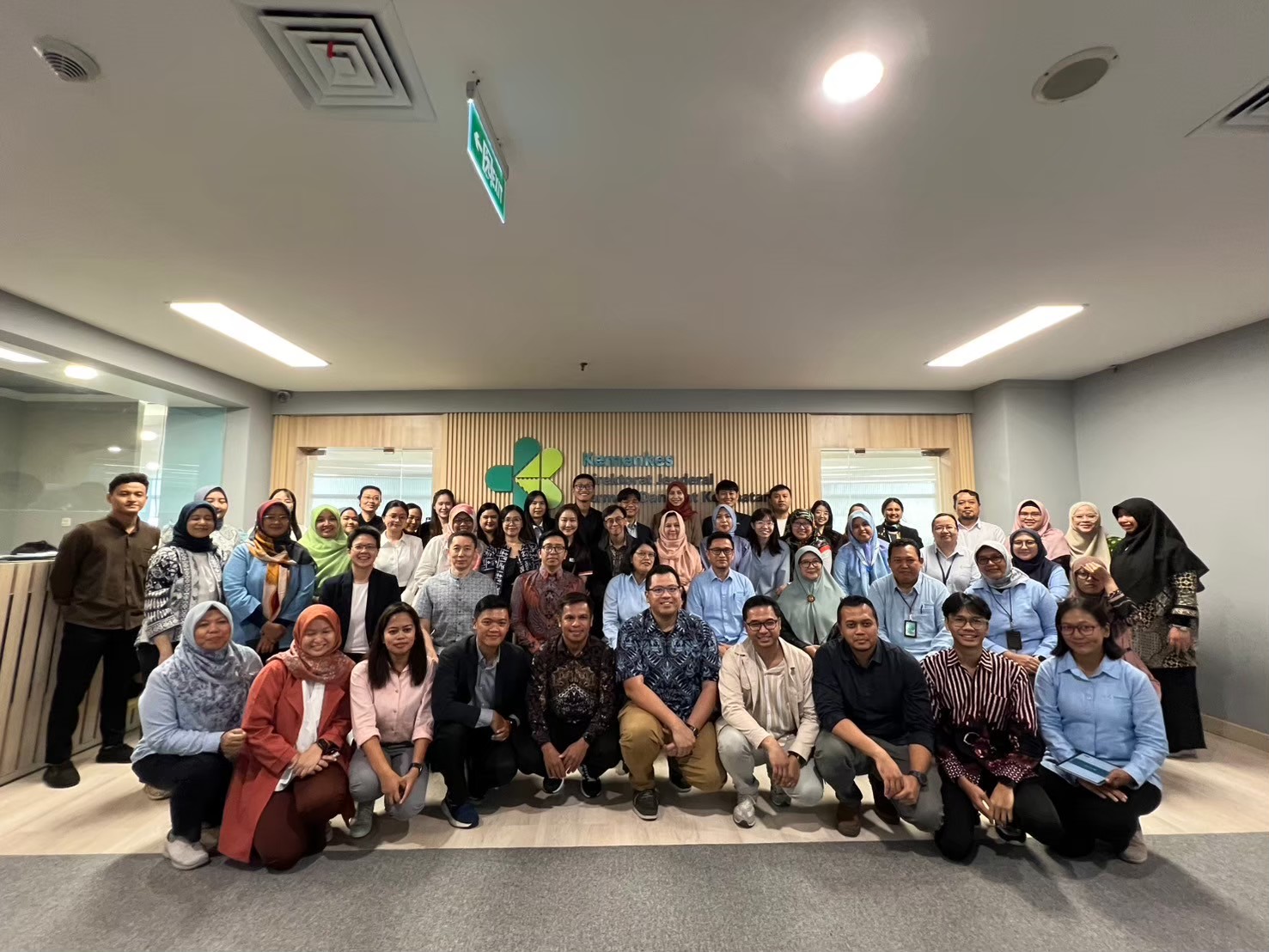Strengthening Health Technology Assessment in Asia: Insights from the 3rd Regional Workshop on Advanced Economic Evaluation Modeling



Doctors were told last month that we should stop doing so many screenings for prostate cancer with the prostate-specific antigen test. We learned that sigmoidoscopy is a cheaper, easier and effective alternative to colonoscopy for colon cancer screening. And a study I led turned up strong evidence that routine lung cancer screenings are justified only for people at high risk because of heavy smoking in the past.
Regular mammograms aren’t necessary for women in their 40s and are needed only every two years for women ages 50 to 74, the United States Preventive Services Task Force has decided. For many women, Pap smears are required only every three years, not every year, the group also says now.
This deluge of do-less recommendations results from research into tests and procedures that have been arguably overused. You’d think these pronouncements would bring a sea change in the way patients are treated in this country. But my guess is that little will change. Many doctors, maybe most, will ignore these findings and keep doing what they have been doing all along.
The PSA test will still be ordered as a matter of routine, not selectively administered after careful discussion with patients. Colonoscopy will remain the accepted primary method for colon cancer screening. Radiology centers will continue to offer lung cancer screening to people who are unlikely to get lung cancer.
Why? Health care critics are quick to point to the profit motive. And it’s true that gastroenterologists, radiologists, urologists and physicians of all stripes make money from procedures that may not be necessary. But the real obstacle is not money. It’s the culture of doctors, and that will be very hard to change.
In medical school, I was given textbooks and made to memorize long lists of obscure facts, most of which have never come up in practice. Then I sat at the knee of master doctors. I followed them around. I learned to emulate what they did and how they thought. Over the years, I gained some approximation of their mastery. At times, I’ve even found myself mirroring how they stood and leafed through a patient’s chart.
Subtly, and then overtly, I learned that as long as I trusted my instincts, I was probably going to be right. Because doctors know best.
Ours is a comfortable hegemony, particularly if you do not question it. It has teeth, too. A strong defense to a malpractice lawsuit is that you did what other doctors in your community would have done — the “community standard” test. Citing anodyne research written by faraway experts to back up your actions is a less preferable strategy.
http://www.nytimes.com/2012/06/05/health/views/essay-urging-doctors-to-do-less-may-fall-on-deaf-ears.html?partner=rss&emc=rss
Against the gravitational pull of doctor-knows-best culture, research studies that fail to confirm current practice often have surprisingly little effect on our behavior. Guidelines written by academic types only impact the fringes of our practices. And despite the apparent move toward evidence-based medicine and comparative effectiveness research, most of us still feel that our own experiences and insights are the most relevant factors in medical decision-making.
You really see this tension in cancer screening. Doctors who want to prevent cancer apply these tests as if they were treatments, as if getting a mammogram were somehow like prescribing an antibiotic. Our experience tells us these tests catch cancer in some patients — the woman in the exam room could be one of them. Complications can be handled. We’ve all handled them before.
But this is where our reliance on our instincts and experience may betray us. Screening involves a test conducted on a healthy person, not a treatment given to a sick person. It’s comparatively easy for a doctor to see whether a treatment is working; that data point shapes our instincts and informs our experience going forward.
Screening is far less instructive for physicians. We can never tell how often a test makes an individual better or improves her prospects of survival. Neither is it possible to measure the effect of screening in your own practice. You must screen hundreds of patients to prevent a handful of cancer deaths. With routine mammography, you’d have to screen more than 1,000 women in their 40s to prevent just one breast cancer death.
Relying on individual doctors’ judgments regarding whom to screen has already had bad consequences. A majority of cases of cervical cancer today are in women who have not had adequate Pap testing, even though we’ve had that test for more than half a century.
It is time for us to own up to our shortcomings in cancer screening, and we must start by acknowledging a hard fact: Doctors sometimes don’t know best. We are terrific at inventing new tests that can be performed on people. But we have been less good at figuring out which people should have them.